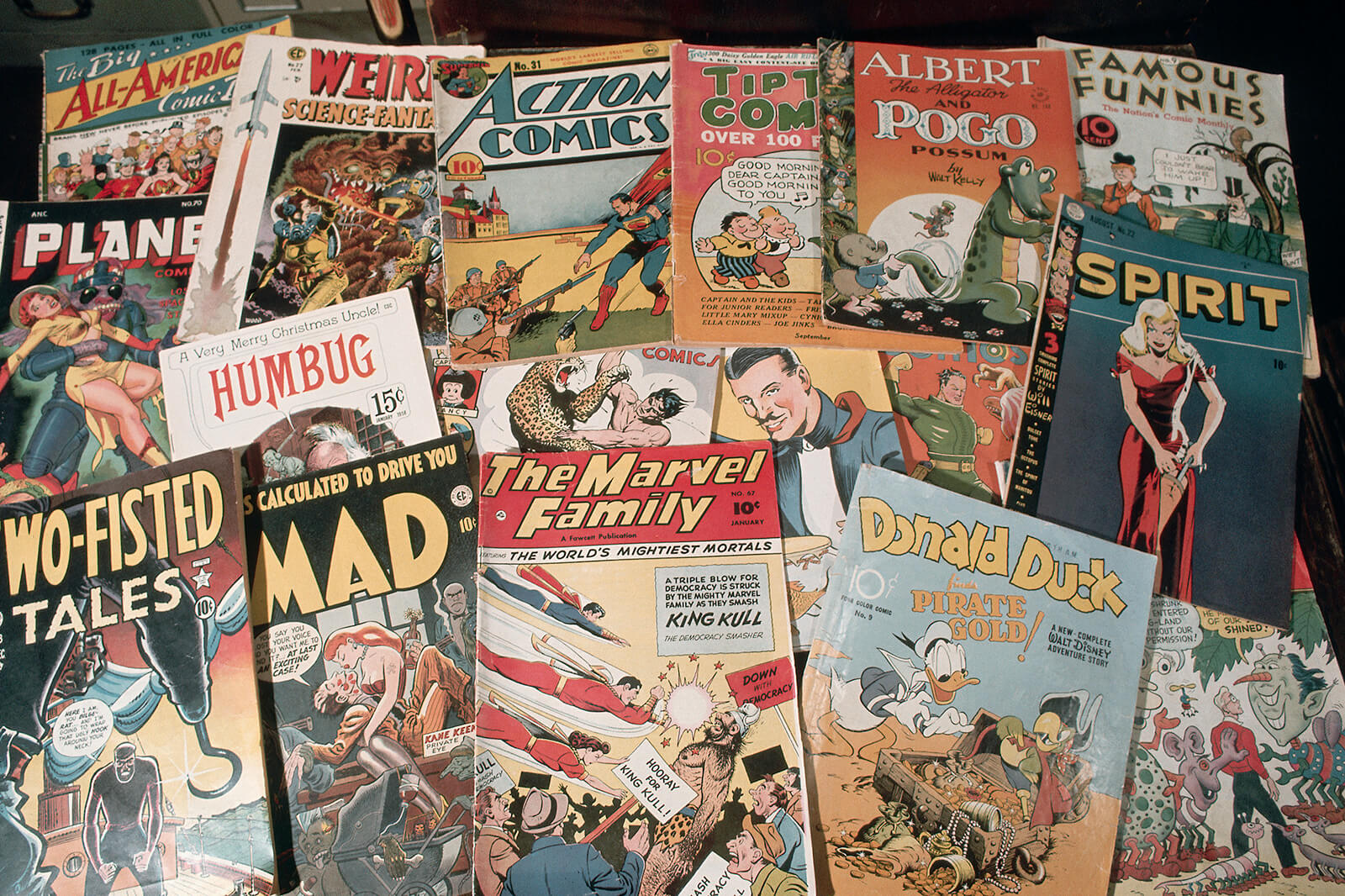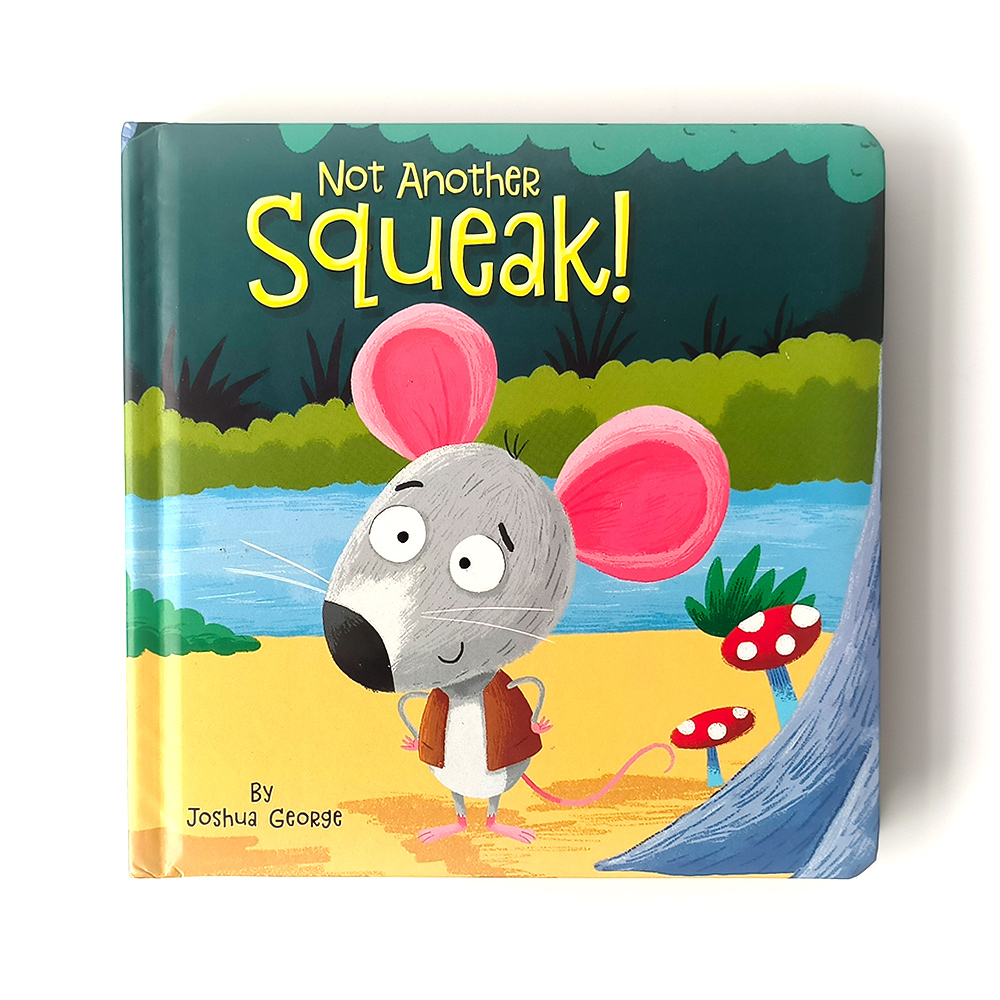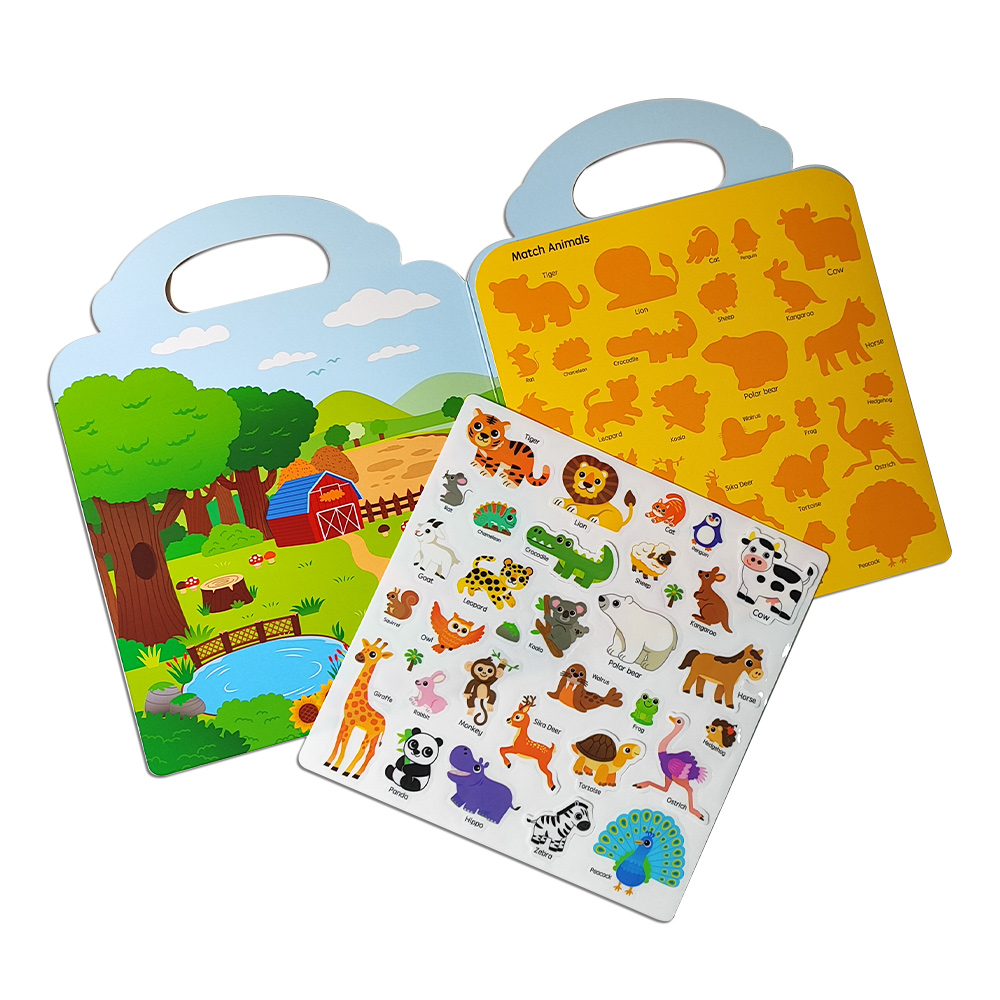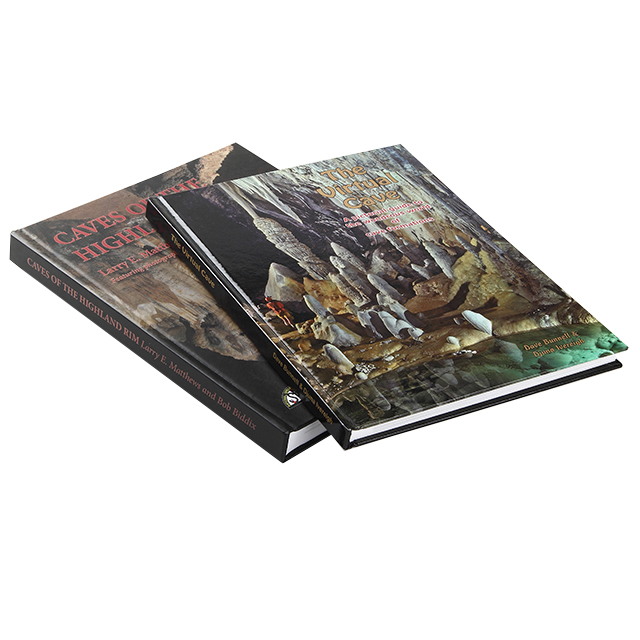¿Cuánto cuesta imprimir un cómic?
Crear un cómic no es solo un proyecto; es una pasión que combina narrativa, arte y espíritu emprendedor. Para muchos artistas y escritores, el sueño de ver a sus personajes saltar de la página a las manos de los lectores puede ser emocionante y abrumador a la vez. El proceso implica incontables horas de lluvia de ideas, bocetos, revisiones y, finalmente, la creación de un producto tangible que refleje su visión única. Como imprenta, hemos presenciado de primera mano el viaje transformador de innumerables creadores, desde las ideas iniciales hasta las copias impresas finales, listas para su distribución.
En la era digital actual, el panorama para los creadores de cómics ha evolucionado drásticamente. Los artistas independientes ahora tienen acceso a una gran cantidad de recursos y plataformas que les permiten publicar su trabajo sin necesidad de intermediarios tradicionales. Esta democratización del proceso editorial significa que cualquiera con una historia que contar y la motivación para darle vida puede hacerlo. Sin embargo, abordar las complejidades de la producción de cómics requiere una comprensión profunda de los costos involucrados en cada etapa del proceso.
Esta guía completa busca brindar a los aspirantes a creadores de cómics información esencial sobre los costos y procesos involucrados en el diseño, la impresión y la autopublicación de sus obras. Tanto si eres un creador novel como un artista experimentado que busca ampliar su portafolio, nuestro objetivo es brindarte los conocimientos necesarios para embarcarte en esta aventura creativa con confianza. Desde la conceptualización hasta el marketing, desglosaremos cada componente para ayudarte a tomar decisiones informadas que se ajusten a tu visión artística y objetivos financieros.
Tabla de contenido
1. Comprender el costo de la creación de cómics
Antes de adentrarse en el mundo de la publicación de cómics, es fundamental comprender los diversos gastos que conlleva el proceso. Cada etapa de la creación de un cómic, desde la conceptualización hasta la impresión, conlleva costos específicos. Analizaremos estos componentes para que comprendas claramente qué esperar.
1.1 Las etapas de la producción del cómic
La creación de un cómic implica varias fases distintas, cada una con sus costes asociados:
-
Desarrollo de concepto: Esta etapa inicial abarca la lluvia de ideas, el diseño de personajes y la elaboración de la trama. Es fundamental dedicar tiempo a esta fase, ya que sienta las bases de todo el cómic. Puedes dedicarte a esbozar los personajes, escribir trasfondos detallados y explorar diversos arcos argumentales. Aunque esta etapa pueda parecer gratuita, el tiempo y el esfuerzo invertidos son invaluables. Considera dedicar tiempo al desarrollo de personajes para crear personajes atractivos y con los que el público se pueda identificar.
-
Creación de obras de arte: Esta fase implica plasmar tus ideas en formato visual, ya sea mediante técnicas tradicionales de dibujo a mano o ilustración digital. La elección entre ambos métodos afecta significativamente tu presupuesto y tu producción creativa. Si trabajas con un equipo de artistas, los costos pueden aumentar, por lo que es importante acordar los precios y los plazos de entrega con antelación. Además, considera el tiempo necesario para las revisiones y ediciones, ya que esto puede influir aún más en tu presupuesto.
-
Impresión: Una vez que su diseño esté listo, el siguiente paso es imprimirlo. Esta fase tendrá costos según las especificaciones elegidas, como tamaño, color, calidad del papel y técnicas de encuadernación. Es fundamental elegir un servicio de impresión confiable que pueda producir impresiones de alta calidad a precios competitivos.
-
Marketing: Crear un cómic es solo la mitad del camino; la otra mitad consiste en promocionar tu obra para llegar eficazmente a lectores potenciales. Las estrategias de marketing que emplees pueden abarcar desde iniciativas comunitarias hasta servicios profesionales. Una campaña de marketing bien planificada puede tener un impacto significativo en la visibilidad y las ventas de tu cómic.
1.2 Costos promedio involucrados
Si bien los costos exactos pueden variar considerablemente, podemos ofrecerle una cifra aproximada para cada etapa para ayudarle a presupuestar eficazmente. El rango para crear un cómic, desde el concepto hasta la impresión, puede oscilar entre $1,000 y $5,000, dependiendo de las decisiones que tome durante el proceso.
A continuación se muestra un desglose de lo que normalmente podría costar cada etapa:
- Desarrollo de concepto: $0 a $500 (principalmente inversión de tiempo)
- Creación de obras de arte: $300 a $2,000 (dependiendo de si contratas artistas o lo creas tú mismo)
- Impresión: $500 a $3,000 (según la tirada, las especificaciones y la calidad)
- Marketing: $500 a $1,000 (para materiales promocionales, anuncios y eventos)
Con una planificación y una asignación de recursos adecuadas, puede gestionar estos costos de manera eficaz y evitar gastos inesperados.
2. Costos iniciales para la creación de cómics
Comprender la inversión inicial necesaria para lanzar tu proyecto de cómic es crucial. Puedes abordar la creación de cómics mediante diversos métodos: tradicional, digital o híbrido. Cada método conlleva diferentes costos y ventajas.
2.1 Materiales de arte tradicionales
Si opta por los métodos tradicionales, necesitará diversos materiales de arte. A continuación, se detallan los artículos esenciales y sus costos aproximados:
-
Tablero de dibujo: Una mesa de dibujo profesional es esencial para un trabajo serio. Los precios varían entre $100 y más de $1000, dependiendo de la complejidad y las características, como ángulos ajustables o almacenamiento integrado.
-
Lápices, bolígrafos y pinceles: Prepárate para gastar entre $20 y $150 en sets de calidad. Los sets básicos diseñados para dibujantes de cómics suelen ser suficientes, pero considera invertir en herramientas de gama alta si tu presupuesto lo permite. Los artistas suelen preferir los portaminas para trazos precisos y los pinceles para mayor fluidez.
-
Papel: El papel Bristol es uno de los favoritos entre los dibujantes de cómics por su durabilidad y versatilidad. Un bloque de papel Bristol (20 hojas, 23 x 30 cm) cuesta alrededor de $20, mientras que las hojas más grandes (48 x 61 cm) pueden costar entre $30 y $40. Disponer de una variedad de tipos de papel, como liso y texturizado, puede enriquecer tu expresión artística.
-
Accesorios: Las reglas, los compases y otras herramientas de dibujo pueden añadir entre $10 y $500 a tu presupuesto, según la calidad y el tipo de herramientas que elijas. No olvides las gomas de borrar y los sacapuntas; las herramientas de calidad pueden marcar una gran diferencia en tu trabajo.
En total, podrías gastar entre $150 y $200 para montar un estudio básico de creación de cómics tradicionales.
2.2 Materiales para arte digital
La creación de cómics digitales requiere diferentes herramientas, principalmente hardware y software. Los costos pueden variar considerablemente:
-
Computadoras y tabletas: Las tabletas o computadoras gráficas de alta gama pueden costar desde $200 hasta más de $10,000. Considere modelos reacondicionados para ahorrar significativamente y, al mismo tiempo, obtener equipos de alta calidad. Una opción popular es la Wacom Cintiq, que permite dibujar directamente en la pantalla, lo que mejora el proceso creativo.
-
Software de diseño gráfico: La suite Adobe Creative Cloud es la favorita de muchos profesionales, con suscripciones que oscilan entre 22,99 y 59,99 dólares al mes. Como alternativa, considere opciones de pago único para programas como Corel Painter o Clip Studio Paint, que cuestan alrededor de 421 y 54 dólares, respectivamente. Programas gratuitos como Krita o GIMP también pueden ser alternativas viables para principiantes.
En promedio, un presupuesto de entre 1TP y 3T es razonable para crear cómics digitales. Para quienes se toman en serio su arte, invertir más de 1TP y 1000 puede ser más adecuado para asegurarse de contar con herramientas de alta calidad.
3. Costos de impresión de cómics
Una vez que tu cómic esté listo, la impresión es el siguiente gasto importante. Diversos factores influyen en los costos de impresión, como el tamaño, el color, el tipo de papel y las opciones de encuadernación.
3.1 Elegir la talla adecuada
El tamaño estándar de un cómic es de 6.7″ x 10.2″, lo que equilibra las expectativas del lector y los costos de impresión. Los tamaños más grandes o personalizados pueden aumentar significativamente tus gastos, por lo que es recomendable mantener las dimensiones estándar, especialmente para tu primer cómic.
3.2 Impresión en color vs. impresión en blanco y negro
Sus opciones de impresión pueden afectar drásticamente los costos:
-
Impresión a todo color: Esto es visualmente atractivo y cautivador, pero suele ser más costoso que las opciones en blanco y negro. La impresión a color puede enriquecer la narrativa, haciendo que las escenas sean más dinámicas y cautivadoras para los lectores.
-
Impresión en blanco y negro: Aunque es más económico, puede que no atraiga al mismo público, especialmente para los géneros de superhéroes o aventuras que se benefician de ilustraciones vibrantes. Sin embargo, algunos géneros, como el manga, tradicionalmente utilizan la impresión en blanco y negro, lo que atrae a un público específico.
3.3 Selección de trabajos
Seleccionar el papel adecuado es crucial para la durabilidad y la apariencia de tu cómic. Las opciones más comunes incluyen:
-
Papel sin recubrimiento: Se suele usar para páginas interiores para ahorrar costos. Si bien esta opción es económica, podría no resistir el desgaste tan bien como las opciones con revestimiento.
-
Papel cuché: El papel estucado mate, más grueso, ofrece un mejor acabado y realza la intensidad del color, lo que lo hace ideal para la impresión a color. Los acabados brillantes realzan los colores y resaltan la obra de arte.
3.4 Opciones vinculantes
La elección del tipo de encuadernación también afectará a tu presupuesto:
-
Costura a caballo: Este método de encuadernación es ideal para cómics cortos, es económico y proporciona un cómic ligero y flexible. Es ideal para ediciones o colecciones de cómics con menos páginas.
-
Encuadernación perfecta: Ofrece un acabado profesional y admite libros más gruesos. Este método es más adecuado para proyectos más grandes y permite la impresión en el lomo, ideal para la marca. Es ideal para novelas gráficas y ediciones de colección.
-
Encuadernación de tapa dura: Aunque es menos común, la encuadernación en tapa dura se utiliza para ediciones especiales y colecciones. El proceso implica pasos y materiales más complejos, lo que resulta en mayores costos, pero mayor durabilidad. Muchos lectores aprecian el prestigio adicional de un cómic en tapa dura.
3.5 Desglose de costos de impresión
Para darle una imagen más clara, aquí hay una tabla de costos simplificada para imprimir un cómic de 6.7″ x 10.2″ con diferentes cantidades de páginas y opciones:
| Páginas | Cantidad | Costo |
|---|---|---|
| 40 | 100 | $373 |
| 44 | 100 | $425 |
| 48 | 100 | $418 |
| 56 | 100 | $472 |
| 64 | 100 | $516 |
Nota: Los precios no incluyen envío y están sujetos a cambios según las condiciones del mercado. Consulte siempre los precios y ofertas más actualizados del servicio de impresión que elija.
4. Costos de comercialización y distribución
Crear e imprimir tu cómic es solo el principio. Un marketing eficaz es esencial para llegar a tu público objetivo. Aquí tienes algunas estrategias comunes y sus costes asociados:
4.1 Autopromoción
Puedes promocionar tu cómic sin gastar mucho utilizando:
-
Redes sociales: Interactuar con lectores potenciales a través de plataformas como Instagram, Twitter y TikTok puede aumentar significativamente tu visibilidad sin una gran inversión financiera. Comparte material gráfico, contenido del detrás de escena e interactúa con tus seguidores para crear una comunidad en torno a tu trabajo.
-
Talleres y Convenciones: Asistir a eventos te permite mostrar tu trabajo, conectar con otros creadores e interactuar con tus fans. Muchas convenciones ofrecen paneles y espacios para creadores independientes. Tener un stand en las convenciones puede ser una gran inversión si te lo puedes permitir, ya que te permite vender directamente a los lectores.
-
Boletines informativos por correo electrónico: Crear una lista de correo puede ayudarte a llegar directamente a los lectores interesados. Considera ofrecer contenido exclusivo a los suscriptores para fomentar suscripciones. Las actualizaciones periódicas pueden mantener a tu audiencia comprometida e informada sobre tus proyectos.
4.2 Estrategias de marketing de pago
Si prefiere invertir en marketing, considere:
-
Servicios de terceros: Contratar agencias de marketing puede costar desde $50 para anuncios pequeños hasta miles para campañas completas. Investigar agencias especializadas en la promoción de cómics puede generar resultados más específicos. Muchas agencias tienen experiencia en marketing en redes sociales, lo cual es fundamental para llegar a audiencias específicas.
-
Plataformas de financiación colectiva: Muchos creadores financian con éxito sus proyectos a través de plataformas como Kickstarter o Indiegogo. Estas plataformas te permiten recaudar fondos y, al mismo tiempo, promocionar tu cómic. Contar con una propuesta convincente y elementos visuales atractivos puede aumentar considerablemente tus posibilidades de éxito.
4.3 Presupuesto para marketing
Para las iniciativas iniciales de marketing, presupuesta al menos entre 1TP y 500 T y 1TP y 1000 T para cubrir las actividades promocionales básicas. Un enfoque equilibrado que combine el marketing de base con una inversión estratégica puede impulsar eficazmente la visibilidad de tu cómic. Crear un cronograma de marketing que defina cuándo lanzar campañas e interactuar con tu público te ayudará a mantenerte organizado.
5. El crowdfunding como estrategia
El crowdfunding se ha convertido en una parte integral del proceso de publicación de cómics, especialmente para los nuevos creadores. Plataformas como Kickstarter no solo ayudan a recaudar fondos, sino también a medir el interés en tu cómic.
5.1 Beneficios del crowdfunding
-
Generación de capital: Puedes recaudar fondos por adelantado para cubrir la impresión y otros gastos. Las campañas exitosas también pueden ayudarte a crear una base de fans leales incluso antes de publicar tu cómic. Interactuar con los patrocinadores puede convertirlos en promotores de tu trabajo.
-
Participación comunitaria: Interactuar con los lectores potenciales desde el principio genera expectación por tu cómic. Al compartir contenido entre bastidores y actualizaciones del progreso, puedes fomentar una comunidad comprometida con tu trabajo. La transparencia en tu proceso puede hacer que los patrocinadores se sientan más conectados con tu proyecto.
5.2 Soporte de impresoras
Como imprenta, solemos apoyar a nuestros clientes ofreciendo descuentos a quienes realizan campañas de crowdfunding exitosas. Es un acuerdo mutuamente beneficioso para ambas partes. Hablar de sus planes de crowdfunding con su imprenta desde el principio puede resultar en soluciones a medida que se ajusten a su plazo y presupuesto.
6. Reflexiones finales: Navegando por el panorama de la producción de cómics
En conclusión, crear un cómic implica una serie de costos y consideraciones que pueden variar considerablemente según el enfoque. Desde los materiales artísticos iniciales hasta la impresión y el marketing, cada fase requiere una planificación y un presupuesto minuciosos. El proceso desde el concepto hasta la impresión del cómic puede ser una experiencia gratificante, especialmente con las herramientas y estrategias adecuadas.
Al emprender este camino creativo, recuerda que muchos creadores de cómics exitosos comenzaron con presupuestos modestos y desarrollaron sus proyectos gracias a la perseverancia y el ingenio. Utiliza esta guía como guía para desenvolverte en el apasionante mundo de la producción de cómics.
Preguntas frecuentes
1. ¿Cuál es el coste medio de autopublicar un cómic?
El costo promedio de autopublicar un cómic puede oscilar entre 1.000 y 5.000 dólares, dependiendo de diversos factores, como los materiales de arte, los costos de impresión y los gastos de marketing. Empezar desde cero sin equipo puede elevar los costos. Es fundamental evaluar tus necesidades específicas y tu presupuesto en consecuencia.
2. ¿Puedo utilizar el crowdfunding para financiar mi proyecto de cómic?
Sí, las plataformas de crowdfunding como Kickstarter son excelentes para financiar tu proyecto de cómic. Te permiten recaudar fondos y, al mismo tiempo, generar interés en tu trabajo. Muchos proyectos exitosos han dependido del apoyo de la comunidad para despegar. Crear un video de campaña atractivo y ofrecer recompensas atractivas puede potenciar el éxito de tu campaña.
3. ¿Cuáles son las mejores opciones de impresión para mi cómic?
Las mejores opciones de impresión dependen de tu presupuesto y la calidad deseada. Para un aspecto profesional, considera la encuadernación perfecta con papel estucado para la cubierta y papel de mayor gramaje para las páginas interiores. Para opciones más económicas, el grapado a caballete con papel sin estucar puede ser eficaz para cómics cortos. Hablar de tus opciones con un experto en impresión te ayudará a tomar decisiones informadas y adaptadas a las necesidades de tu proyecto.
Impresión de libros
Nuevos productos
Último blog
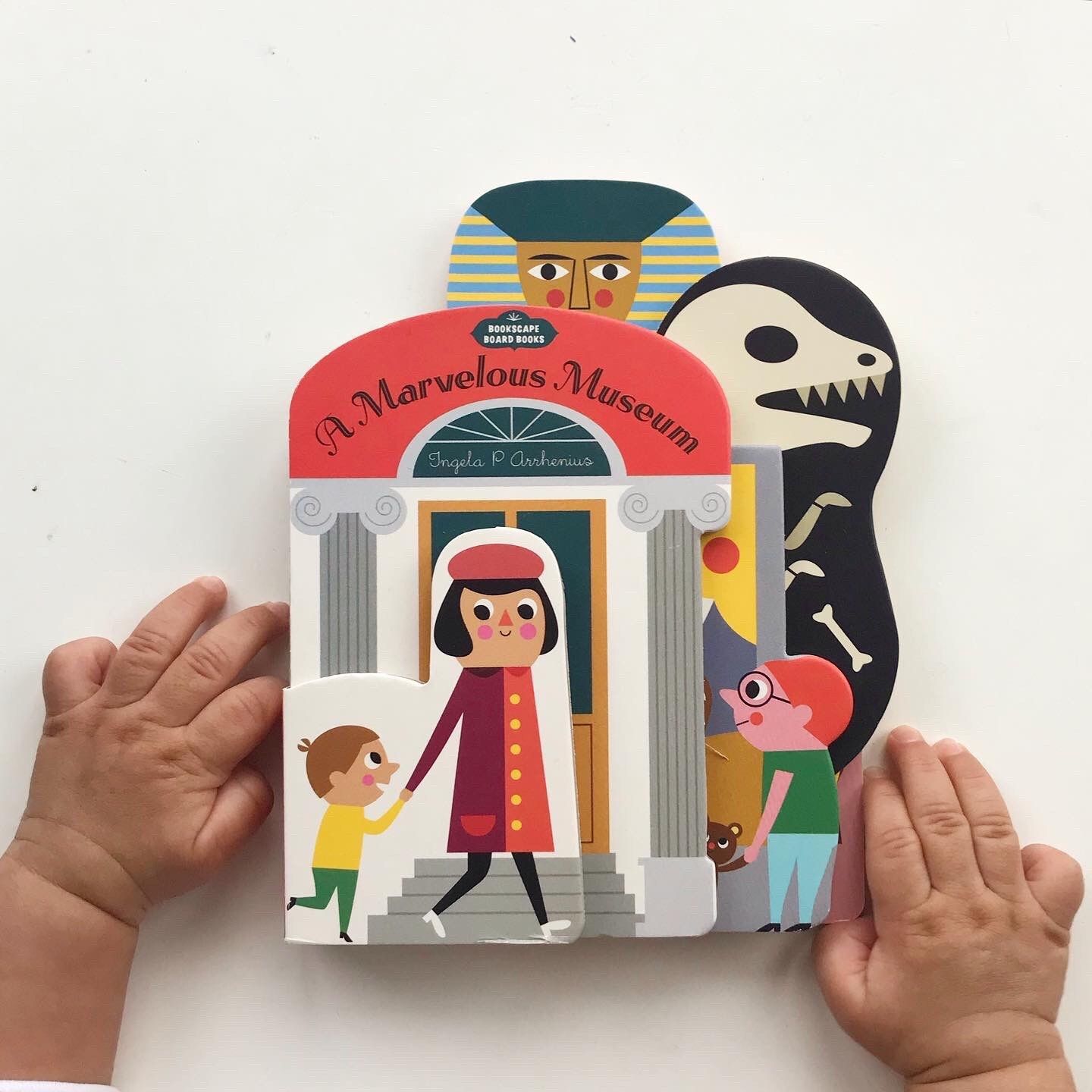
¿Cuál es la diferencia entre un libro de cartón y uno de tapa dura?
Cuando se trata de publicar literatura para lectores jóvenes, seleccionar el formato de impresión adecuado (ya sea un libro de tapa dura o de cartón) juega un papel crucial para satisfacer las necesidades específicas de su audiencia.
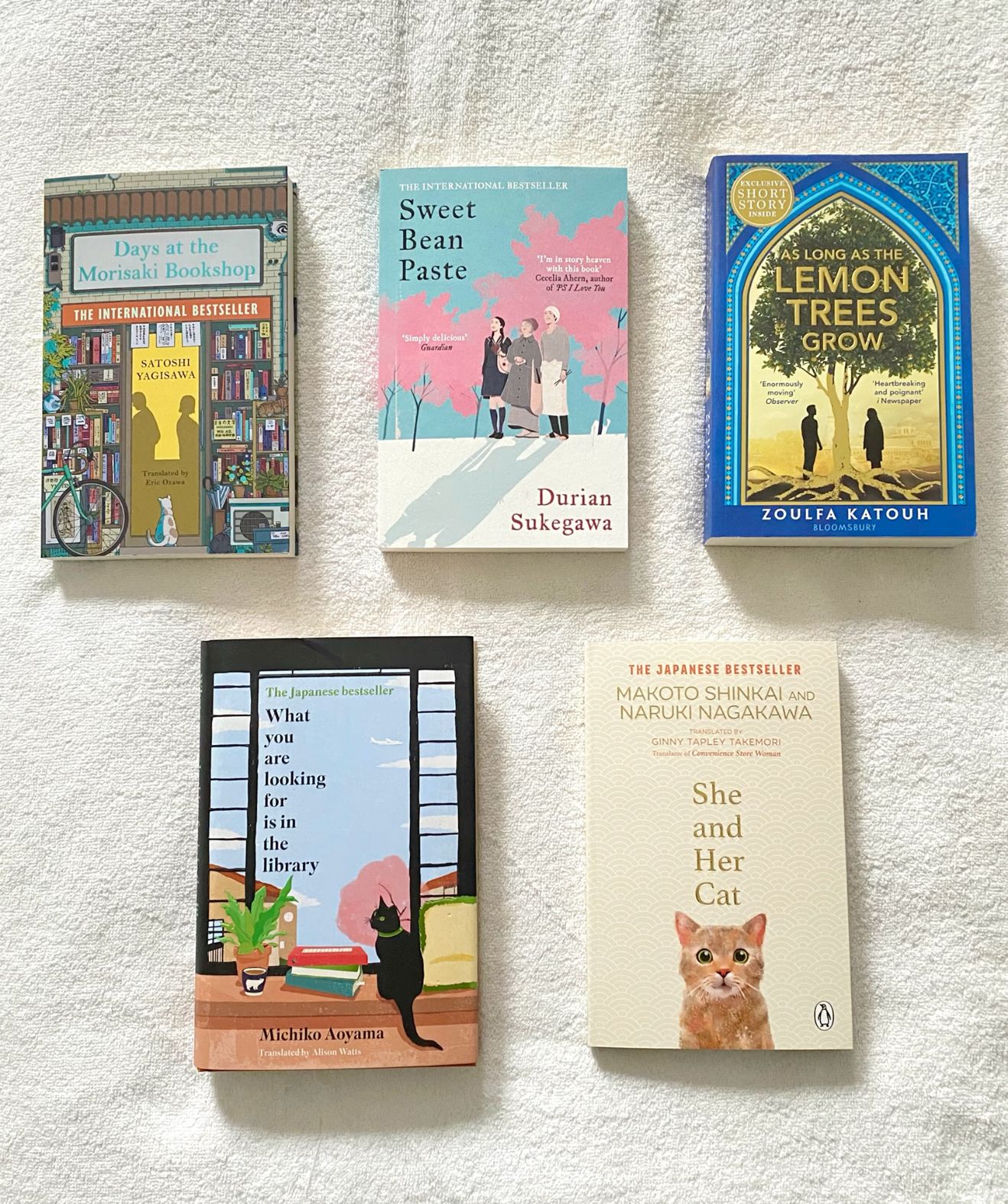
¿En qué país es más barato imprimir libros?
Si se está adentrando en la autoedición, una de sus principales preocupaciones será encontrar opciones económicas para la impresión de libros.

7 ventajas atractivas de utilizar servicios profesionales de impresión de libros
En el mundo de la literatura, la calidad de producción de un libro puede influir significativamente en su éxito.

¿Cómo la impresión redujo el costo de los libros?
Ya sea que sea un aspirante a autor que planea imprimir su primera novela, una empresa que prepara un catálogo de productos o cualquier persona que necesite una impresión profesional de libros,
Contáctenos
- +86 13946584521
- info@booksprinting.net
- 8:00 - 22:00 (lunes a domingo)
Etiquetas
Comentarios
Blog relacionado
Encuentre las últimas tendencias y conocimientos comunes en el negocio de la impresión de libros.
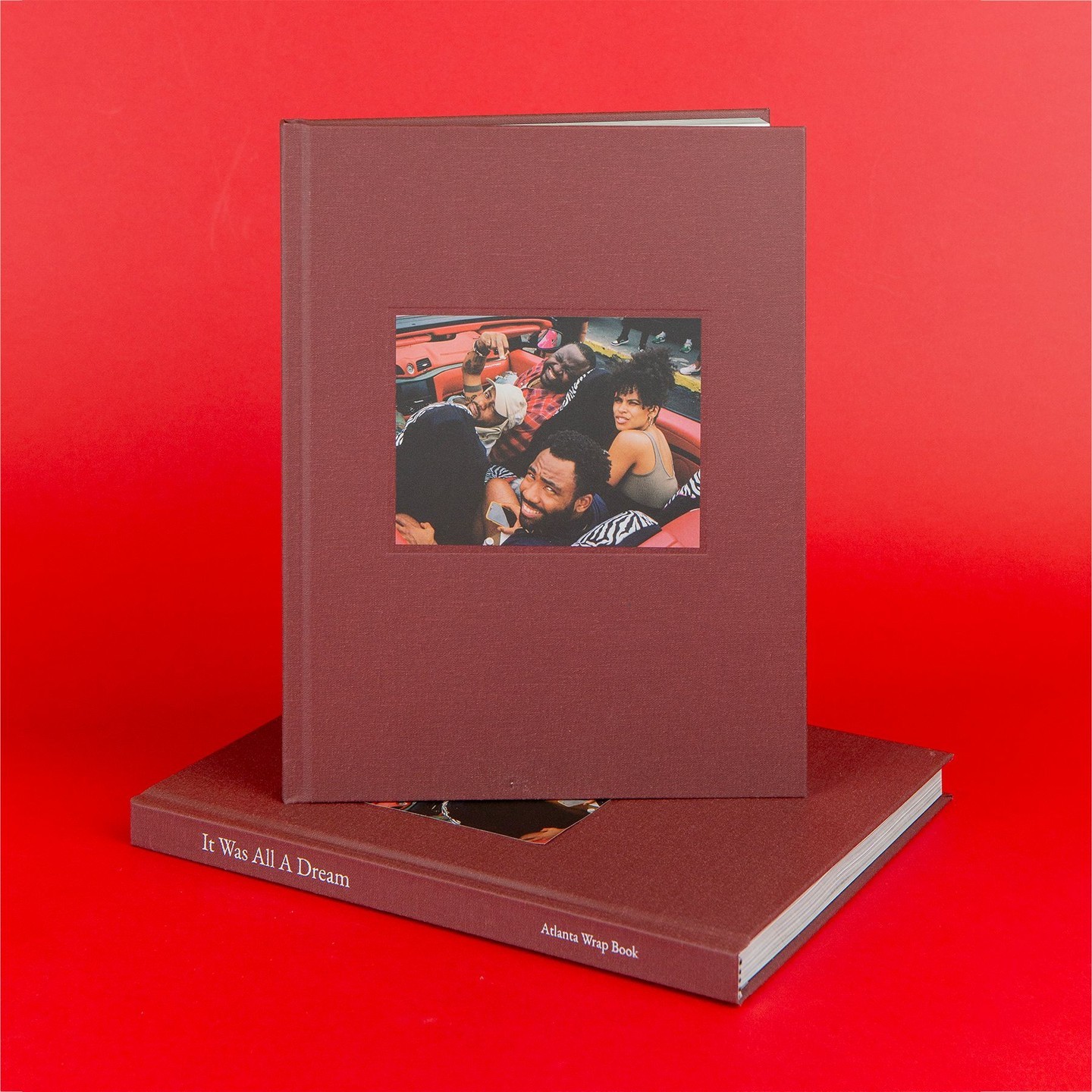
¿Cuánto cuesta hacer un fotolibro?
Crear un fotolibro es una forma ideal de conservar recuerdos, celebrar momentos importantes de la vida o incluso hacer un regalo único a alguien especial. Sin embargo, muchas personas se preguntan: “¿Cuánto cuesta hacer un fotolibro?”. El costo de crear un fotolibro de alta calidad puede variar significativamente según varios factores.
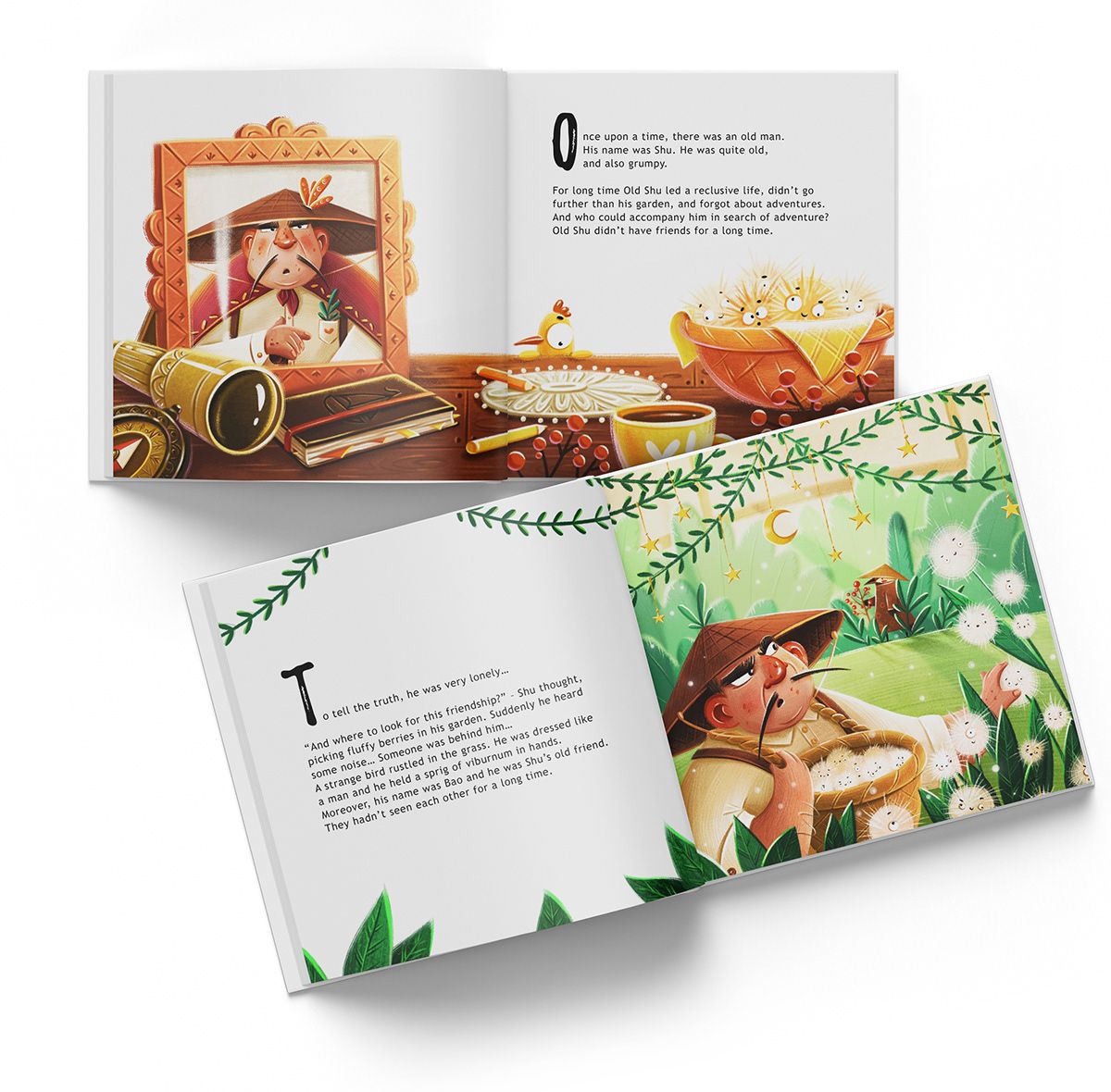
¿Cuánto cuesta imprimir un libro infantil?
You’ve poured your heart into writing and illustrating your 32-page children’s book, and now you’re eager to see it come to life as a printed work. As a book printing factory
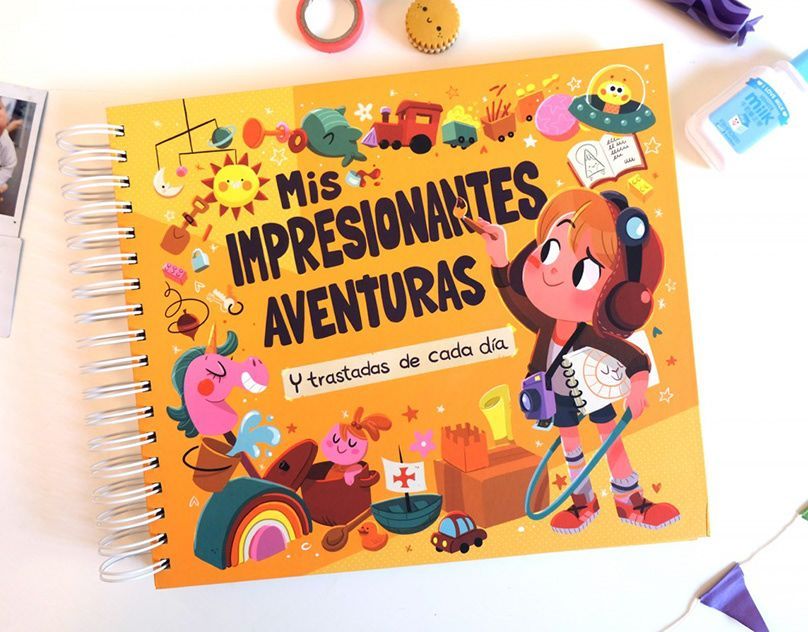
¿Cuánto cuesta imprimir un libro para colorear?
¿Es usted un artista o autor ansioso por transformar su idea creativa de libro para colorear en un producto tangible?

¿Cuál es el propósito de los libros impresos?
Al crear un libro infantil, cada elemento es importante, especialmente la elección del papel. Seleccionar el tipo de papel adecuado puede mejorar el aspecto del libro.

